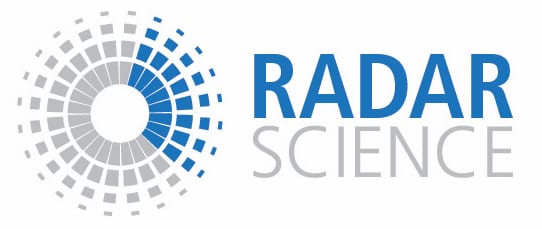” […] One of the main scientific drivers for deploying scanning cloud radars is the desire to document individual cloud elements as they transit through different stages of their life cycle (e.g., cloud formation, precipitation onset, dissipation). Relating the temporal evolution of cloud systems to aerosol and large-scale meteorology conditions could lead to a better understanding of the controls on low clouds and associated statistics. […]
Monitoring the temporal evolution of shallow cumulus clouds can be accomplished using ground-based and airborne-based radar systems (multiple passes). Capturing the early stage of cumulus development/detection (first echo) depends on the sensitivity of the radar system. When centimeter-wavelength radars have been tasked for these studies, the first echo coincides with the early development of small precipitation particles (Knight and Miller 1993; Knight et al. 2002; Göke et al. 2007; Burnet and Brenguier 2010). This early development of a precipitation echo implies that an efficient collision–coalescence process drives particle growth in warm clouds. French et al. (1999) used multiple passes over shallow cumulus clouds and observations from an air- borne millimeter-wavelength radar to document the temporal evolution of nonprecipitating cumulus clouds. These early efforts demonstrate the potential of scanning radars to monitor the temporal evolution of shallow cumuli. […]
The deployment of continuously operating scanning cloud radars (Mather and Voyles 2013; Kollias et al. 2014a) at the U.S. Department of Energy (DOE) Atmospheric Radiation Measurement (ARM) Program fixed and mobile sites offers the required observational capabilities for monitoring the entire life cycle of shallow cumuli clouds over an extensive period of time. […] Here, we present the first set of observations from this scanning cloud radar facility during a warm season cloud event with a wide distribution of cloud types from short-lived, nonprecipitating cumuli to shallow light precipitating cumulus clouds. […] ”



